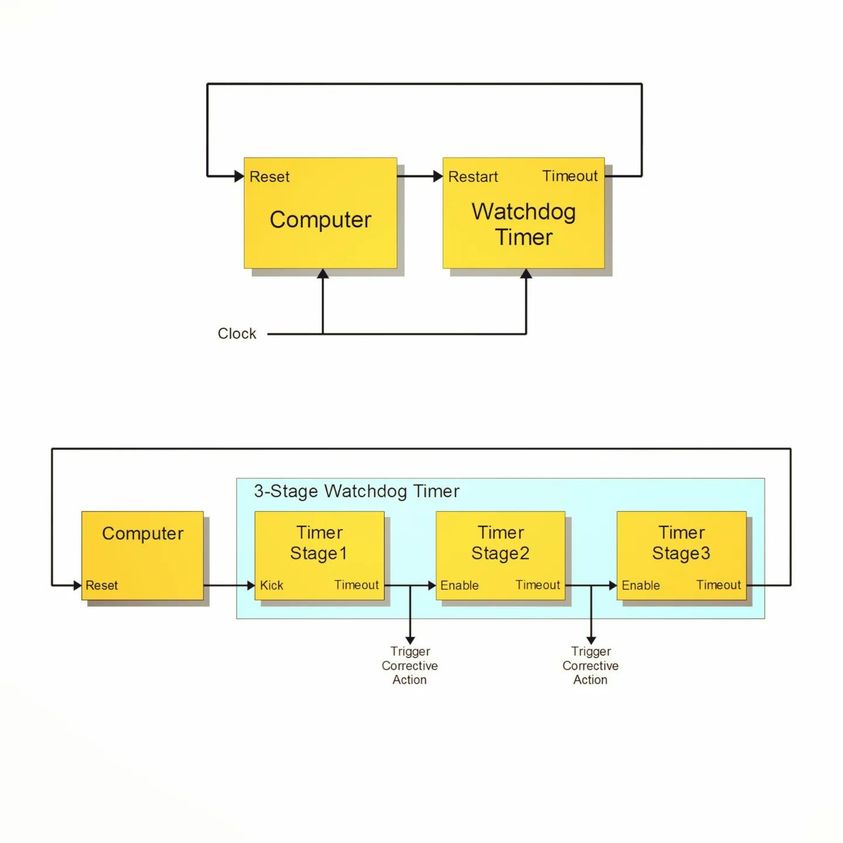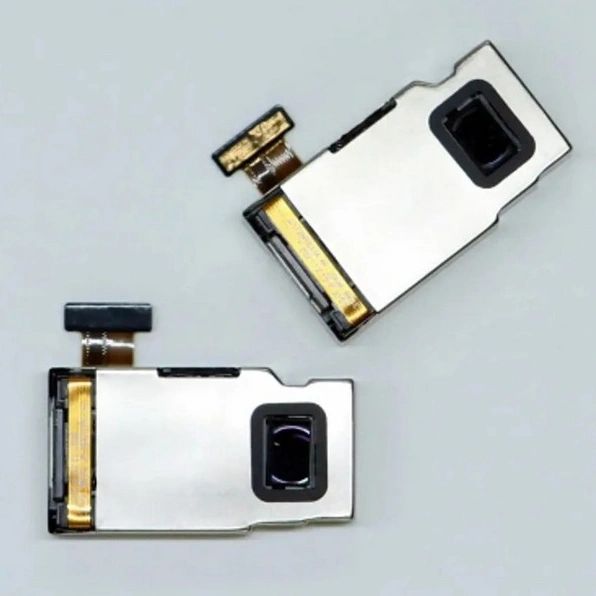
Earlier this week, LG Innotek launched some cool new camera tech ahead of CES. It’s an optical telephoto zoom lens module for smartphones which can provide continuous optical zoom from 4x-9x magnification. To understand why this is exciting you need to understand how most smartphones currently take zoom pics. Most phones nowadays come with multiple cameras with multiple fixed focal lengths(Distance from the lens to the image sensor). Now when you pinch and zoom on your screen, the camera app switches between these multiple cameras which gives you a zoomed-in view. That’s why you might see a slight jerk when you do continuous zoom. Camera apps have become smart to kind of seamlessly switch between cameras and it fills switch with digital zoom.
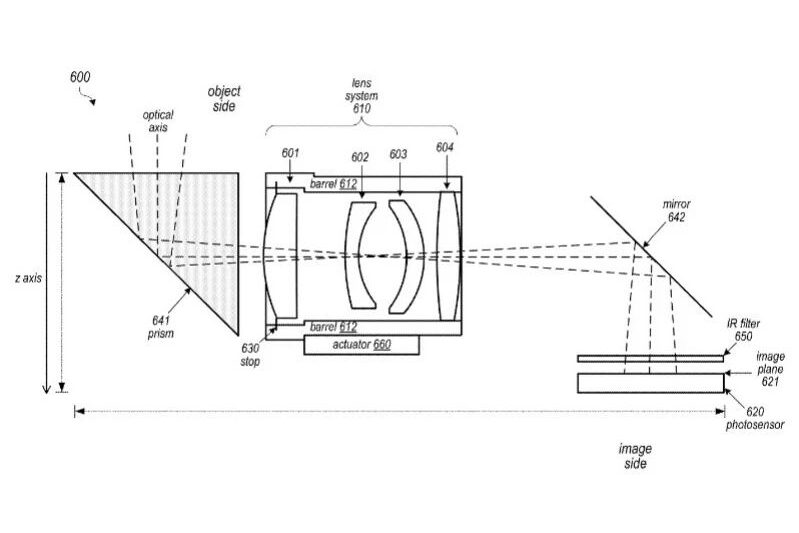
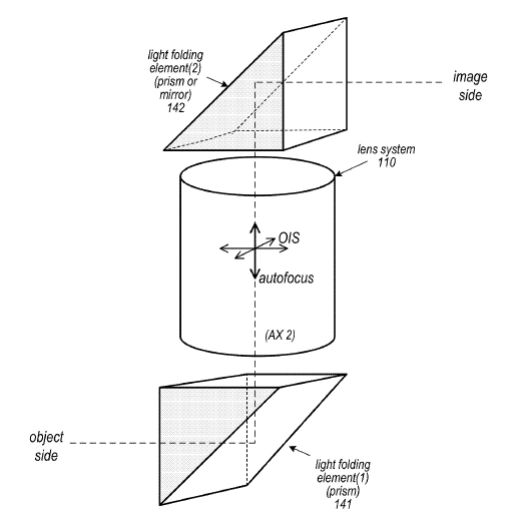
This is not true optical zoom. Optical zoom is when you have a lens which can physically move and adjust its distance from the sensor to get a clear image. Now you see the problem, phones are thin and if you need to have true optical zoom you need to have a thick camera module to allow for movement. No one wants that camera bump. That’s where these new Folded optics comes in. Now what LG pulled off is a clever way to bend the light coming from the lens and bend it 90 degrees(with a prism) and arranged the movable lens along the width/length of the phone than the height of it. Now you have wider space to fit everything and pull off excellent zoom images.
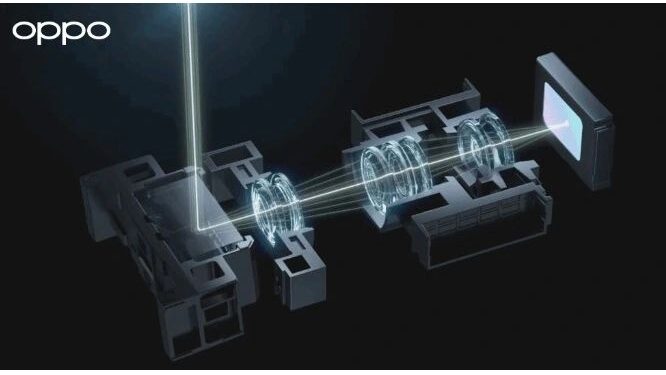
I am sure this tech is going to come in the Apple iPhones in a year or two as LG is providing cam modules to iPhones. After a lot of searching, I found that folded optics was patented by Apple, so I have a feeling this was Apple probably licensing their patent to LG to enable the creation of the camera modules with true zoom and to have it thin, to remove the camera bump on future iPhones(Or a collab effort from both teams). Check out the patent US20210026117A1. Oppo showed off something similar last year but is yet to come on a phone yet. It’s a serious engineering effort to pull this off optically & mechanically to make those lenses move at a 1-micron precision.
Happy New Year!
